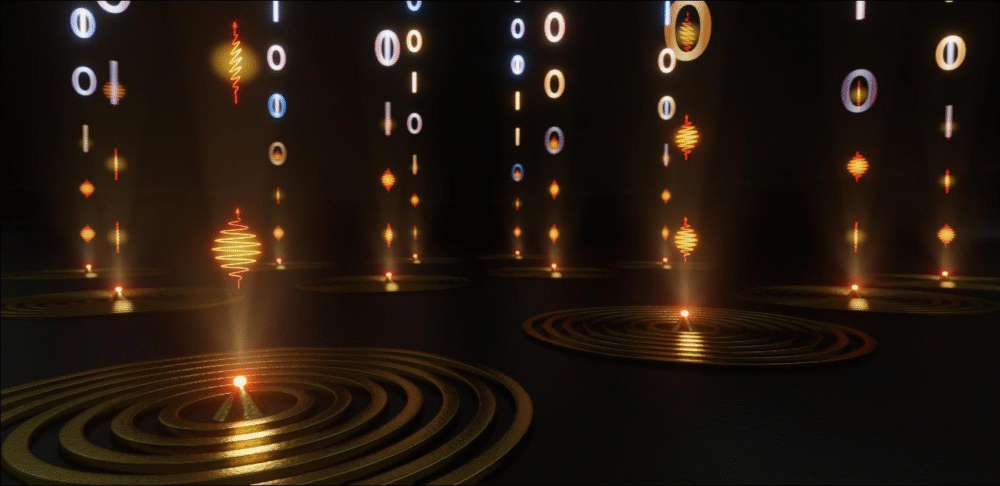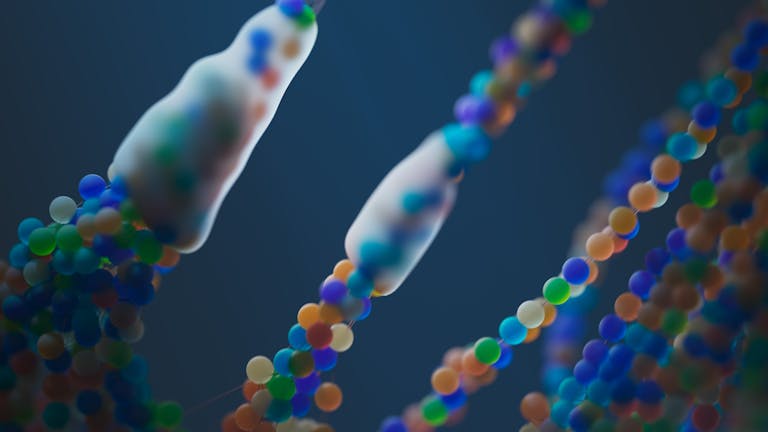Scientists Solve a 40-Year Puzzle in Quantum Encryption


For decades, researchers believed that truly unbreakable quantum encryption would only be possible if we had perfect light sources — devices capable of producing single particles of light, called photons, with absolute precision.
That dream sounded almost impossible, both technically and financially. But now, a team of physicists has shown that we don’t need perfection after all. Instead, they’ve figured out a way to make “imperfect” light work better than anyone thought possible, and the result could change how we secure communication in the future.
Cracking the Old Problem
The big challenge has always been quantum key distribution (QKD) — the process of sending secret digital keys using the rules of quantum mechanics. In theory, it’s the ultimate way to protect information because if someone tries to eavesdrop, it changes the data itself, alerting both sides immediately.
But here’s the catch: the system was thought to require perfect single-photon sources — tiny devices that release exactly one photon at a time.
Building those has proven incredibly tricky. As a workaround, most systems today use lasers. They’re easier to make, but they aren’t perfect; instead of producing one photon, they often send out small bursts with multiple photons. That’s a problem because an eavesdropper could intercept those “extra” photons and steal information.
This limitation meant that while QKD was brilliant in theory, in practice it could only send secure information over shorter distances and with weaker protections.
A Fresh Perspective with Quantum Dots
That’s where this new research shines. Instead of waiting for flawless technology, the team decided to work with what we already have: quantum dots. These are incredibly small semiconductor particles that act a bit like artificial atoms, and they can be engineered to emit light in special ways.
By pairing quantum dots with nanoantennas and carefully controlling how they release photons, the scientists developed two brand-new encryption methods:
- Truncated decoy state protocol: An upgrade to an existing technique that helps weed out hacking attempts caused by multiple photons sneaking through.
- Heralded purification protocol: A clever system that filters excess photons in real time, ensuring only genuine single-photon signals get through.
The results? Their system managed to extend secure communication distances by more than 3 decibels, which in this field is a significant leap forward.
Putting Theory to the Test
The researchers didn’t stop at simulations. They actually built a real-world communication setup using a room-temperature quantum dot source. Then, they ran it with a reinforced version of the famous BB84 protocol, the backbone of many QKD systems.
The outcome was clear: their imperfect-light approach not only worked, it outperformed the best current laser-based systems.
Even more exciting, their method is flexible. It can work with different types of quantum light sources, which could make the technology far more accessible and less expensive to roll out on a large scale.
Why This Matters
Professor Ronen Rapaport, who guided the project, summed it up perfectly: “We don’t need perfect hardware to get exceptional performance — we just need to be smarter about how we use what we have.”
This breakthrough means that the long-held dream of quantum-secure communication might be closer than expected. Instead of waiting for years (or decades) until perfect photon sources are built, researchers and companies could begin implementing these smarter protocols right now, using equipment already available in many labs.
As co-lead author Yuval Bloom put it, “The cool thing is that we don’t have to wait; it can be implemented with what we already have.”
The Bigger Picture
Think of this as cracking a puzzle that’s stumped scientists for 40 years. The ability to send perfectly secure information over long distances without the need for flawless technology could transform fields like banking, government communications, and even personal data privacy.
We’re not talking about science fiction anymore — this is a real, tested method that makes quantum-safe communication more practical, more affordable, and more likely to become part of everyday life.
It’s one of those exciting moments in science where the impossible suddenly becomes possible — and it’s all thanks to the decision to embrace imperfection.





